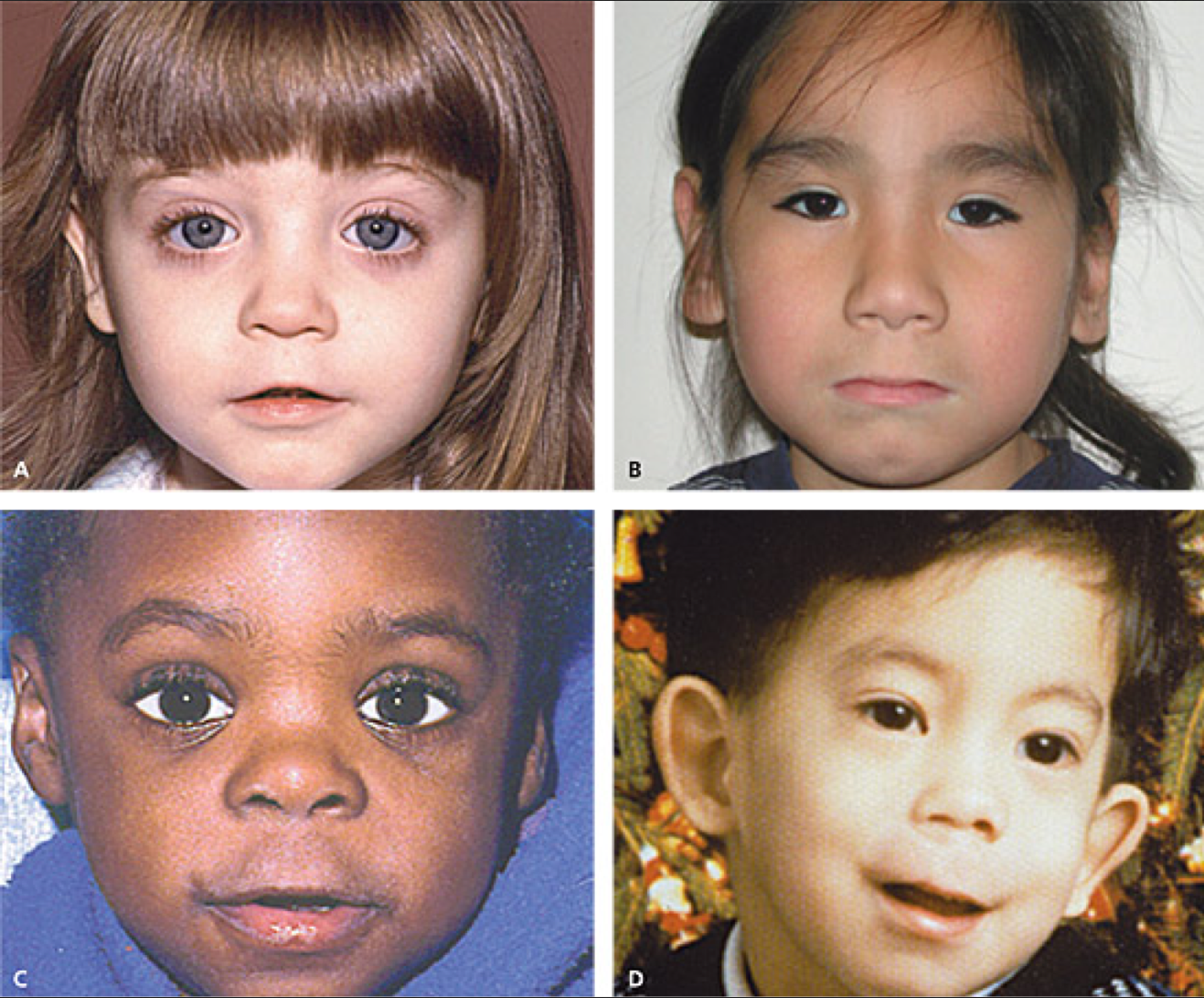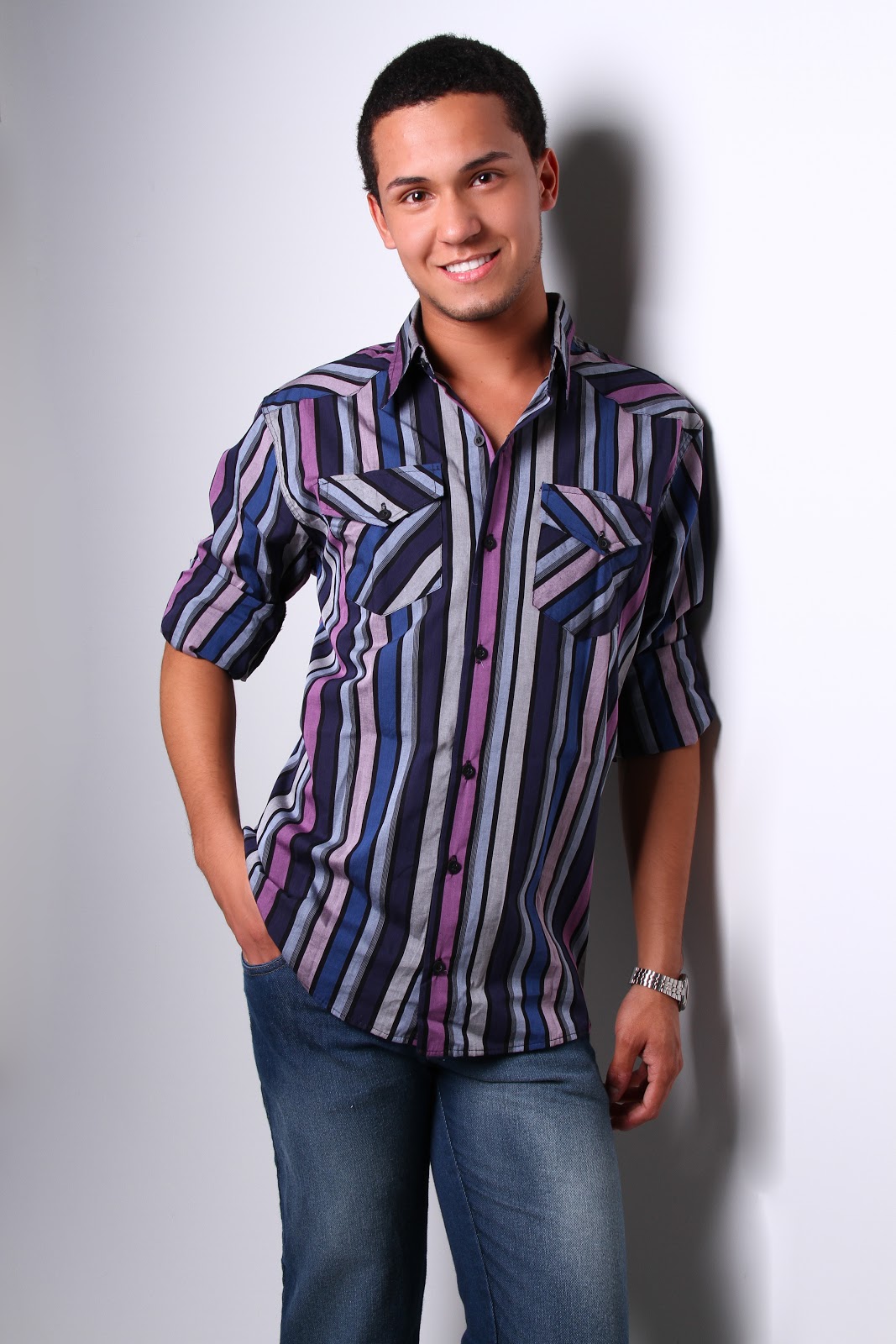Flat Nasal Bridge And Epicanthal Folds / Sometimes You Can Tell a Book by its Cover: Shared ... : Epicanthal folds are defined as a condition in which skin of upper eyelid show skin folds towards inner corner of eye.
Flat Nasal Bridge And Epicanthal Folds / Sometimes You Can Tell a Book by its Cover: Shared ... : Epicanthal folds are defined as a condition in which skin of upper eyelid show skin folds towards inner corner of eye.. Skin tags in front of eyes; Medical conditions that cause the nasal bridge not to develop and project are also associated with epicanthic fold. The epicanthic fold produces the eye shape characteristic of persons from central and eastern asia; Epicanthal folds are skin folds that may cover the inside corners of the eye. Nasal bridge, underdeveloped ears (railroad track appearance, figure 4), clinodactyly of the fifth fingers (figure 5), camptodactyly, hockey stick findings may include a smooth philtrum, thin upper lip, upturned nose, flat nasal bridge and midface, epicanthal folds, small palpebral fissures, and.
This is a faster, one step procedure that does not carry the risk of. This is often associated with a broad flat nasal bridge. The only reliable way to do so is to perform a small soft tissue rearrangement to get the fold to lay flat. As the child grows, the nose bridge increases in height and the appearance of fold simply disappears for those not genetically inclined toward this eye appearance. Though people of asian descent naturally have these.
Medical conditions that cause the nasal bridge not to develop and project are also associated with epicanthic fold.
About 60% of individuals with down syndrome (also known as trisomy 21) have. Augmenting the nasal bridge would not typically eliminate an epicanthal fold. This is a faster, one step procedure that does not carry the risk of. An epicanthic fold, epicanthal fold, or epicanthus is a skin fold of the upper eyelid, covering the inner corner (medial canthus) of the eye. Nasal bridge, underdeveloped ears (railroad track appearance, figure 4), clinodactyly of the fifth fingers (figure 5), camptodactyly, hockey stick findings may include a smooth philtrum, thin upper lip, upturned nose, flat nasal bridge and midface, epicanthal folds, small palpebral fissures, and. Epicanthal fold, epicanthus, eye fold,2 mongoloid fold,3 palpebronasal fold4. The epicanthic fold produces the eye shape characteristic of persons from central and eastern asia; As the child grows, the nose bridge increases in height and the appearance of fold simply disappears for those not genetically inclined toward this eye appearance. Single palmar crease sandal toe gap. Increased space between 1st and 2nd toes; An epicanthal fold is a skin fold of the upper eyelid covering the inner corner of the eye. It is very common among east. Epicanthic folds are common and found in greater than 60%.2.
An epicanthic fold, epicanthal fold, or epicanthus is a skin fold of the upper eyelid, covering the inner corner (medial canthus) of the eye. Augmenting the nasal bridge would not typically eliminate an epicanthal fold. As the child grows, the nose bridge increases in height and the appearance of fold simply disappears for those not genetically inclined toward this eye appearance. Lengthening the bridge does not affect the epicanthal folds but augmenting the radix at the top of the nose does. Epicanthal folds are normal in asians like in native americans and in korean population.

An epicanthal fold is a skin fold of the upper eyelid covering the inner corner of the eye.
Epicanthal fold, epicanthus, eye fold,2 mongoloid fold,3 palpebronasal fold4. It is also seen in some native american peoples and occasionally in europeans (e.g., scandinavians. Epicanthic folds is a skin fold on the upper eyelid which covers the inner angle of the eye, which makes them appear smaller and more slanted, even if the eye itself is no different from an eye with no epicanthic fold. Another common manifestation is the short, flattened bridge of the nose of the child. Medical conditions that cause the nasal bridge not to develop and project are also associated with epicanthic fold. About 60% of individuals with down syndrome (also known as trisomy 21) have. Upslanting palpebral fissures, a suggestion of epicanthal folds, and a flat nasal bridge. Epicanthal folds are normal in asians like in native americans and in korean population. Epicanthal folds are defined as a condition in which skin of upper eyelid show skin folds towards inner corner of eye. It is very common among east. Augmenting the nasal bridge would not typically eliminate an epicanthal fold. Increased space between 1st and 2nd toes; Single palmar crease sandal toe gap.
Epicanthal folds are skin folds that may cover the inside corners of the eye. Epicanthal folds are normal in asians like in native americans and in korean population. These features contribute to a crossed eye appearance since there is less sclera (white surface of the eye) exposed nasally compared to the. The epicanthic fold produces the eye shape characteristic of persons from central and eastern asia; The skin folds at the inner corner of the eyelids are called epicanthal folds and can be broad in some babies.

It is very common among east.
Epicanthal folds, hypertelorism, broad flat nasal bridges, an upturned nasal tip, wide prominent lips, and in addition distal digital hypoplasia (ddh), intrauterine growth retardation and mental retardation. Fold and by nasal bridge augmentation. Nasal bridge, underdeveloped ears (railroad track appearance, figure 4), clinodactyly of the fifth fingers (figure 5), camptodactyly, hockey stick findings may include a smooth philtrum, thin upper lip, upturned nose, flat nasal bridge and midface, epicanthal folds, small palpebral fissures, and. The only reliable way to do so is to perform a small soft tissue rearrangement to get the fold to lay flat. Upslanting palpebral fissures, a suggestion of epicanthal folds, and a flat nasal bridge. This is a faster, one step procedure that does not carry the risk of. Epicanthic folds is a skin fold on the upper eyelid which covers the inner angle of the eye, which makes them appear smaller and more slanted, even if the eye itself is no different from an eye with no epicanthic fold. Skin tags in front of eyes; Though people of asian descent naturally have these. Epicanthal folds are normal in asians like in native americans and in korean population. It is very common among east. Epicanthic folds are common and found in greater than 60%.2. It is often seen as a normal finding in very young children and is also common in people of asiatic decent.

Komentar
Posting Komentar